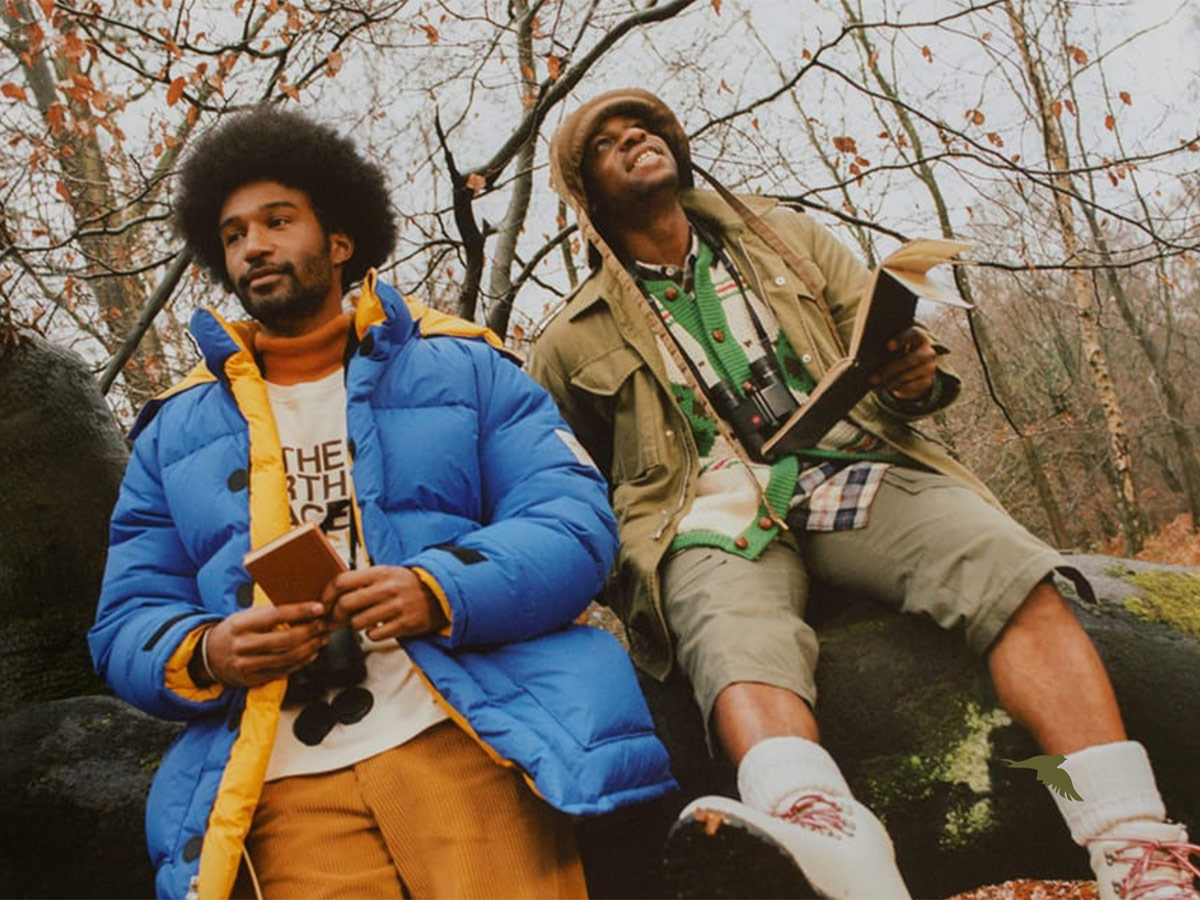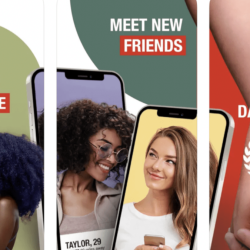Reaching diverse groups in advertising is something long-seen as notoriously difficult, but it doesn’t have to be
As a Black woman, I’ve previously written about hair, skin, and other topics in the hope that other consumers like myself can find products to serve their needs. But it’s painfully apparent to me that this might not have worked so well if it was someone from another community authoring said work. The reason I am a good mouthpiece for these topics? Because I am ‘in the know’, someone from a specific community or minority group who has relevant knowledge, and the ability to communicate that to others like myself.
Brand partnerships that work
Over the years we’ve seen many media platforms and cultural organisations emerge that cater to people of colour across the lifestyle, arts and culture and entertainment spaces: think Daytimers, No Signal, Gal-Dem to name a few. Their innovation has led to interesting collaborations with major institutions; the V&A, Nike, Somerset House. They’re the type of links that should be hugely welcome in the advertising space. This is mainly because they do the job in getting insightful on what consumers of colour are looking for, and are expert in channelling community-specific topics to wider audiences.
For example, last year Black Ballad, a digital publication aimed at documenting the lives of Black women, teamed up with Yahoo to launch a campaign looking at the experiences of Black women in the hair industry in communities outside of London. This example is particularly incisive; Black Britons are only 3% of the UK population, and an overwhelming majority of this population are based in the Greater London area. But getting granular on the lives of the UK’s Black communities is something the publication are dedicated to, hence why the campaign was able target its aims so well in reaching groups less populous around the country.
Another example: Flock Together, a birdwatching group for people of colour aimed at reclaiming nature in open spaces. Outside of the countless collaborations they’ve done with major brands and outlets (think Timberland, FILA, Vogue amongst others) they wrapped up a sponsored collaboration with Gucci and The North Face alongside working on a capsule collection with the brands, highlighting the importance of providing access to green spaces and diversity in nature.
So why are brands launching on to such groups, and why should others be following suit?
One of the key factors is authenticity. There is arguably no one better placed to articulate something to a niche group than members of that very group. Trying to speak on behalf of other identities or communities isn’t ideal when trying to reach target groups, as it can often come off artificial, or even under-researched. We need to accept that sometimes, brands and marketers don’t know everything — there’s the benefits of filling gaps in knowledge by letting people who are in the know speak for themselves.
Secondly, it’s far more forward-thinking in terms of making the advertising and marketing space the place we all (should) want it to be. Anyone familiar with the marketing space may be accustomed to images of agency staff and boardrooms with not a single member of colour to be found. That lack of knowledge is particularly visible with some harrowing campaigns we’ve seen covering topics like gender, sexuality and race in the past few years.
Deloitte reports that inclusive marketing is something on the main agenda for many younger, contemporary consumers. It’s important we live up to their expectations and diversify the space by allowing people with the correct knowledge, reach and connectivity to speak to their counterparts. It’s a way of letting communities speak for themselves and most crucially, giving organisers paid, compensated opportunities in exchange for being the community connectors.
All in all, there’s value in tapping into the power of representatives to reach across consumer lines — it’s a way of giving consumers what they want, and need.
Featured image: The North Face x Gucci
































